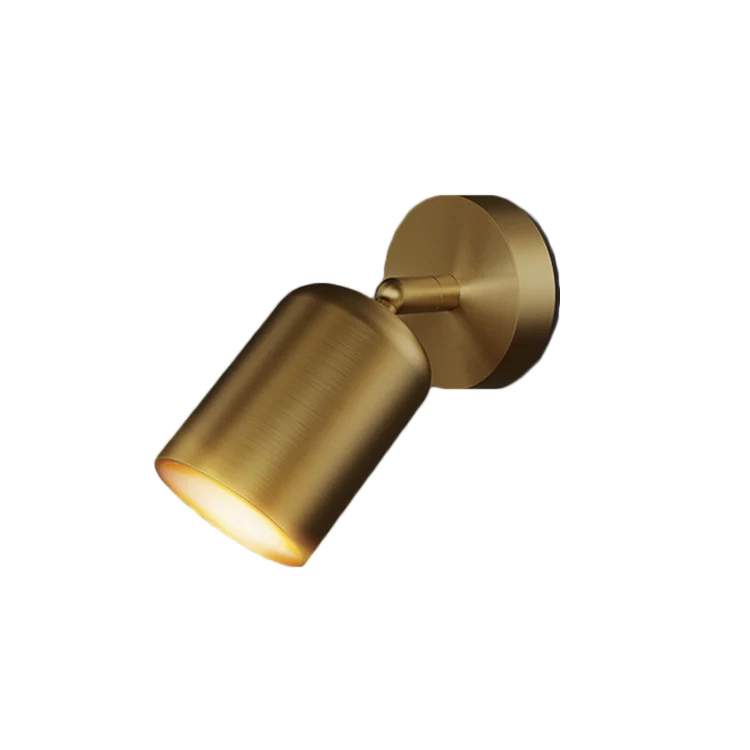LEAFLETS
PRODUCTS
A Symphony of Light Exploring the Beauty of Table Lamps Design
The Dance of Light and Shadow
The most fundamental aspect of any table lamp is, undeniably, its ability to manipulate light. A well-designed lamp doesn't just illuminate a room; it sculpts the light, casting shadows that add depth and texture to the surrounding environment. The choice of shade material—whether it's a delicate silk, a textured linen, or a sleek metal—significantly impacts the quality and diffusion of the light. A translucent shade will cast a softer, more ambient glow, ideal for creating a relaxed and intimate atmosphere. Conversely, an opaque shade will produce a more focused and direct light, perfect for task lighting such as reading.
Beyond the material, the shape of the shade plays a crucial role. A conical shade directs the light downwards, while a drum shade provides a wider, more even distribution. The height and angle of the shade also influence the direction and intensity of the light, allowing for precise control over the ambiance of a room. This subtle interplay between light and shadow is the very essence of a table lamp's artistic expression; it's the choreography of illumination that defines its aesthetic appeal.
A Symphony of Materials and Textures
The beauty of a table lamp extends far beyond its capacity for illumination; it resides in the tactile experience and visual richness of its materials. The base of the lamp, often overlooked, is a crucial design element that anchors the entire piece. From the cool smoothness of polished marble to the rustic warmth of reclaimed wood, the base sets the tone and style of the lamp. The intricate detail of a hand-carved base can transform a simple lamp into a statement piece, a miniature sculpture that adds character and personality to any room.
The materials used for the shade also contribute significantly to the overall aesthetic. The shimmering elegance of a glass shade can create a magical, almost ethereal glow. The rich texture of a woven fabric shade adds warmth and sophistication, while a metallic shade can lend a touch of modern minimalism or industrial chic. The careful selection and combination of materials is crucial in crafting a table lamp that is both visually striking and harmoniously integrated into its surrounding décor.
Form Follows Function: The Ergonomic Aspect
While aesthetics are undeniably important, a truly exceptional table lamp also excels in functionality. Ergonomics play a crucial role in the overall design, ensuring comfort and ease of use. The height of the lamp should be proportionate to its intended use. A reading lamp, for instance, should be tall enough to provide ample light without causing eye strain. The switch mechanism should be readily accessible and easy to operate.
Furthermore, the stability of the lamp is paramount. A heavy base is essential to prevent tipping, ensuring both safety and longevity. The overall design should consider cable management, concealing wires and maintaining a clean, uncluttered aesthetic. A well-designed table lamp seamlessly integrates form and function, creating a piece that is both beautiful and practical, a testament to thoughtful design.
Beyond Illumination: The Expression of Personal Style
Ultimately, the beauty of table lamp design lies in its ability to reflect individual taste and personality. A table lamp is more than just a functional object; it's a personal statement, a carefully chosen element that adds character and charm to a living space. The eclectic mix of styles available – from mid-century modern to Art Deco, from minimalist to bohemian – allows for virtually limitless expression of individual style.
Whether it's a vintage find brimming with history or a contemporary design pushing the boundaries of innovation, the table lamp serves as a powerful tool for self-expression. It's a subtle yet significant detail that can transform a room, reflecting the unique personality and aesthetic sensibilities of its owner. It's a silent yet eloquent affirmation of personal taste, a carefully curated detail that adds depth and meaning to the overall interior design narrative.
SUBSCRIBE
INQUIRY










